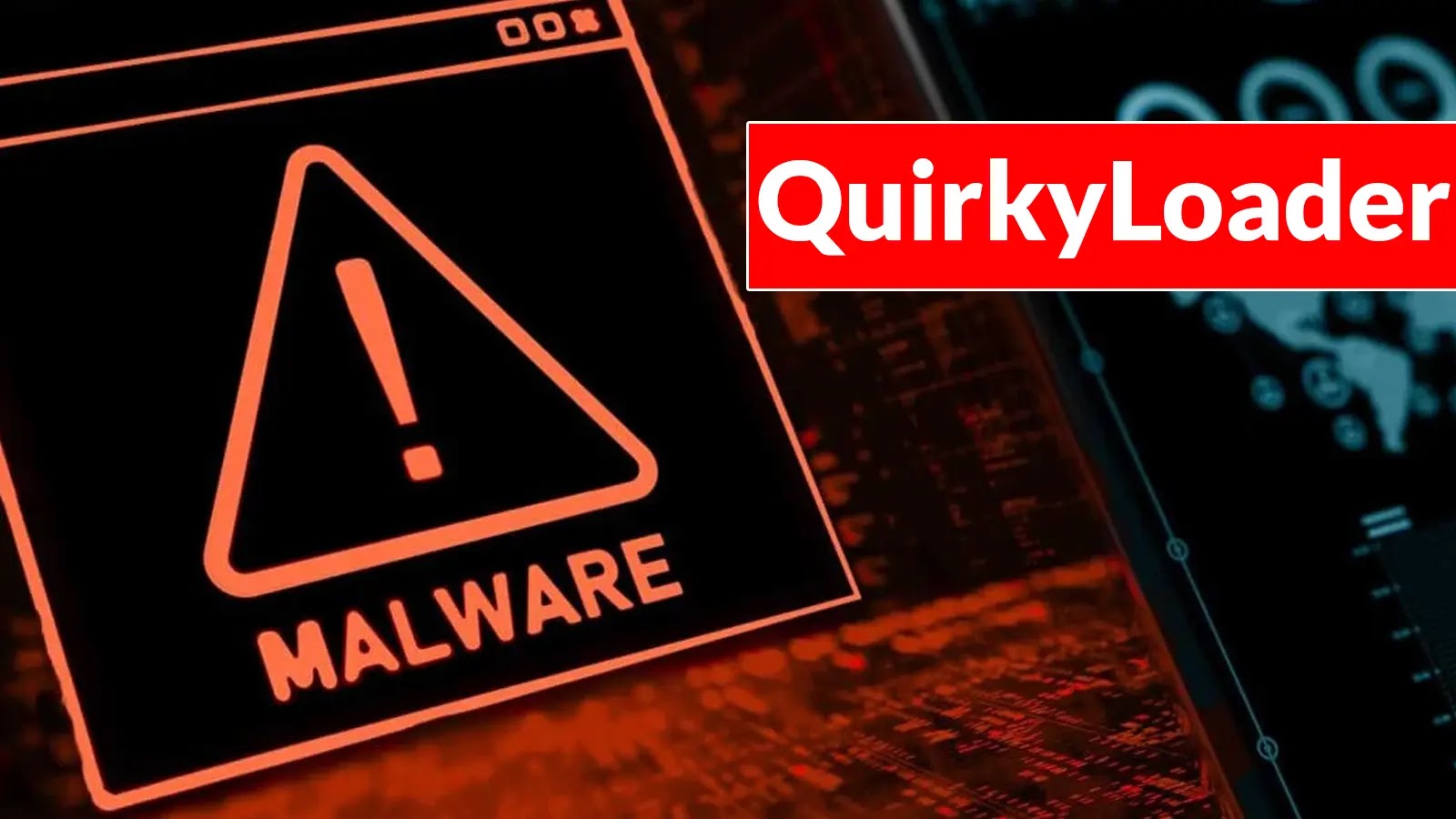Cybersecurity experts have recently observed a significant resurgence of the HelloKitty ransomware, now exhibiting advanced capabilities to simultaneously target Windows, Linux, and VMware ESXi environments. This development marks a concerning evolution in the ransomware’s operational scope and technical sophistication.
Origins and Evolution
Initially detected in October 2020, HelloKitty emerged as a derivative of the DeathRansom ransomware. Over time, it has expanded its targeting capabilities and refined its attack techniques. Notably, the ransomware gained infamy in February 2021 for its attack on CD Projekt Red, the developers behind popular games like Cyberpunk 2077 and The Witcher 3. During this incident, HelloKitty operators claimed to have stolen source code for these games and encrypted the company’s systems. ([bleepingcomputer.com](https://www.bleepingcomputer.com/news/security/hellokitty-ransomware-behind-cd-projekt-red-cyberattack-data-theft/?utm_source=openai))
Recent Resurgence
Since September 2024, security researchers have identified at least 11 new HelloKitty samples, indicating a significant operational resurgence. These variants maintain the core functionality of encrypting victim files and appending extensions such as CRYPTED, CRYPT, or KITTY to compromised data. Unlike many ransomware families that prominently display their branding, HelloKitty customizes ransom notes to directly address victims by name, creating a more personalized extortion approach.
Technical Enhancements
The latest HelloKitty variants exhibit several technical enhancements:
– Cross-Platform Targeting: The ransomware now effectively targets Windows, Linux, and VMware ESXi environments, demonstrating its adaptability across different operating systems.
– Advanced Encryption Mechanisms: HelloKitty employs sophisticated encryption techniques tailored to each platform. On Windows systems, it utilizes a combination of AES-128 and NTRU encryption. In Linux environments, it implements AES-256 paired with ECDH cryptography. This approach ensures robust encryption, complicating decryption efforts without the corresponding keys.
– Obfuscation Techniques: The ransomware employs Visual C++ coding and frequently utilizes UPX packing to compress executables, complicating reverse engineering efforts.
Geographic Dispersion and Attribution
An unusual pattern has emerged in the geographic dispersion of the latest HelloKitty variants. Many samples were initially uploaded from Chinese IP addresses, despite previous attributions linking the operation to Ukraine. This shift complicates efforts to accurately attribute the ransomware’s origins and suggests a possible expansion or collaboration within the cybercriminal ecosystem.
Operational Batches and Persistence
HelloKitty has demonstrated persistence across multiple years, with evidence of three distinct operational batches:
1. Original Deployment (2020): The initial wave of attacks that established HelloKitty’s presence in the cyber threat landscape.
2. Christmas 2020 Batch: A subsequent series of attacks sharing characteristics with the FiveHands ransomware, indicating possible code sharing or evolution.
3. Latest Variants (2024): The most recent samples exhibiting enhanced capabilities and a broader targeting scope.
Despite periods of dormancy, HelloKitty consistently returns with technical improvements, underscoring the need for continuous vigilance and adaptive defense strategies.
Notable Incidents and Data Leaks
In October 2023, the complete source code for the first version of HelloKitty ransomware was leaked on a Russian-speaking hacking forum by a threat actor named ‘kapuchin0,’ who claimed to be developing a new, more powerful encryptor. ([bleepingcomputer.com](https://www.bleepingcomputer.com/news/security/hellokitty-ransomware-source-code-leaked-on-hacking-forum/?utm_source=openai)) Subsequently, in April 2024, the ransomware operation rebranded as ‘HelloGookie,’ releasing passwords for previously leaked CD Projekt source code, Cisco network information, and decryption keys from old attacks. ([bleepingcomputer.com](https://www.bleepingcomputer.com/news/security/hellokitty-ransomware-rebrands-releases-cd-projekt-and-cisco-data/?utm_source=openai))
Implications for Organizations
The resurgence and evolution of HelloKitty ransomware underscore the critical need for organizations to implement comprehensive cybersecurity measures:
– Regular Software Updates: Ensure all systems and applications are up-to-date to mitigate vulnerabilities that ransomware can exploit.
– Robust Backup Strategies: Maintain regular, secure backups of critical data to facilitate recovery in the event of an attack.
– Network Segmentation: Implement network segmentation to limit the spread of ransomware within an organization.
– Employee Training: Educate staff on recognizing phishing attempts and other common attack vectors used to deploy ransomware.
– Incident Response Planning: Develop and regularly update incident response plans to ensure swift action in the event of a ransomware attack.
Conclusion
The reemergence of HelloKitty ransomware, now with enhanced capabilities targeting multiple platforms, highlights the ever-evolving nature of cyber threats. Organizations must remain vigilant, adopting proactive and adaptive cybersecurity measures to protect against such sophisticated attacks.



